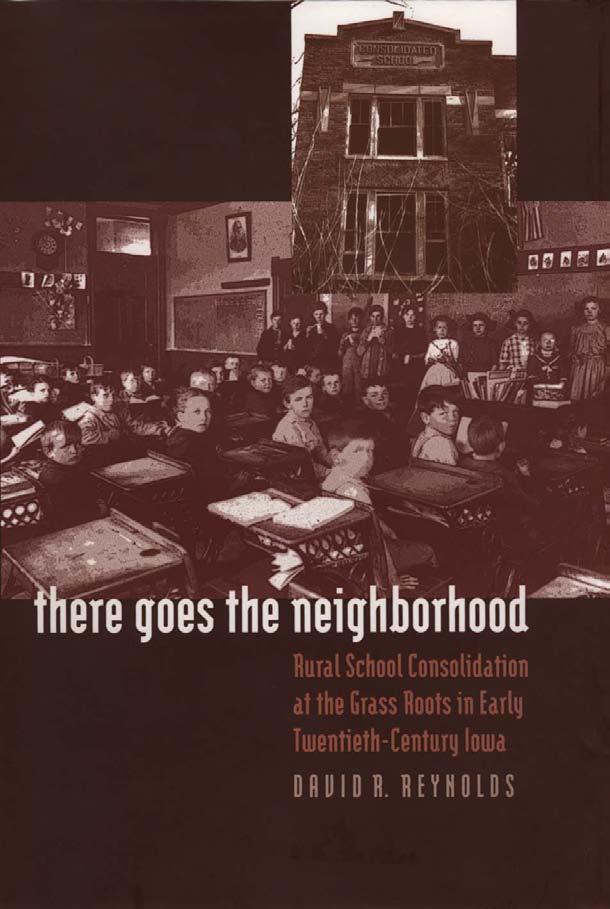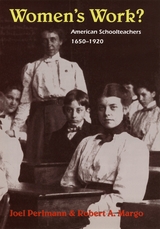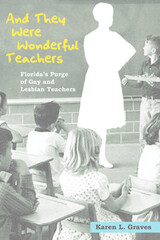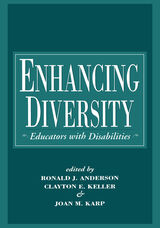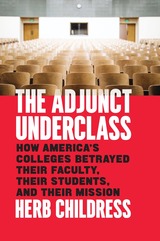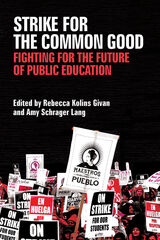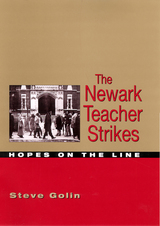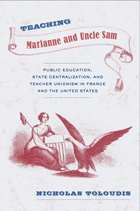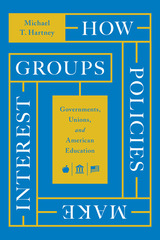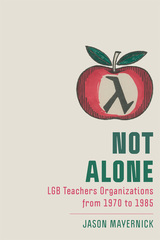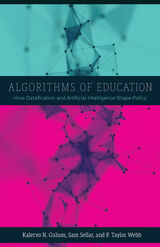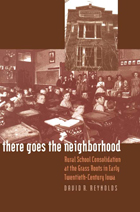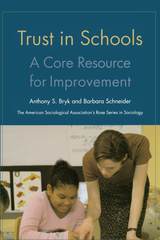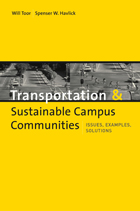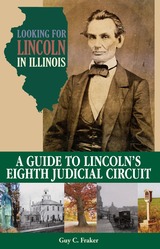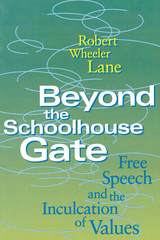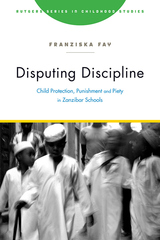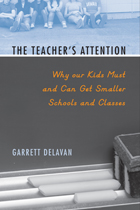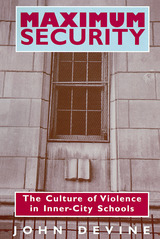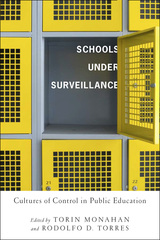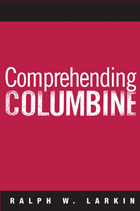There Goes the Neighborhood: Rural School Consolidation at the Grass Roots in Early Twentieth-Century Iowa
University of Iowa Press, 2002
eISBN: 978-1-58729-307-8 | Cloth: 978-0-87745-693-3 | Paper: 978-1-58729-497-6
Library of Congress Classification LB2861.R49 1999
Dewey Decimal Classification 379.1535
eISBN: 978-1-58729-307-8 | Cloth: 978-0-87745-693-3 | Paper: 978-1-58729-497-6
Library of Congress Classification LB2861.R49 1999
Dewey Decimal Classification 379.1535
ABOUT THIS BOOK | AUTHOR BIOGRAPHY | REVIEWS | TOC | REQUEST ACCESSIBLE FILE
ABOUT THIS BOOK
Despite being the centerpiece of rural educational reform for most of the twentieth century, rural school consolidation has received remarkably little scholarly attention. The social history and geography of the movement, the widespread resistance it provoked, and the cultural landscapes its proponents sought to transform have remained largely unexplored. Now in There Goes the Neighborhood David Reynolds remedies this situation by examining the rural school consolidation movement in that most midwestern of midwestern states, Iowa.
From 1912 to 1921, Iowa was the center of national attention as state and local education leaders attempted to implement a new model of rural education, intended to be emulated throughout the rest of the Midwest. As part of the Country Life movement—whose leaders sought to create a more modern future for farm families, an alternative form of rural community that combined the advantages of both city and country—the initially successful model collapsed in the early twenties, not to be revived until after World War II. Reynolds focuses on how and why rural school consolidation was so vigorously resisted in most of Iowa, why it failed in the twenties, and what its lasting consequences have been.
Combining social and oral history, modern social theory, historical geography, and ethnography, There Goes the Neighborhood is the most authoritative analysis to date of the politics, geography, and social history of rural school consolidation in any state.
See other books on: Centralization | Iowa | Neighborhood | Rural | Rural schools
See other titles from University of Iowa Press
